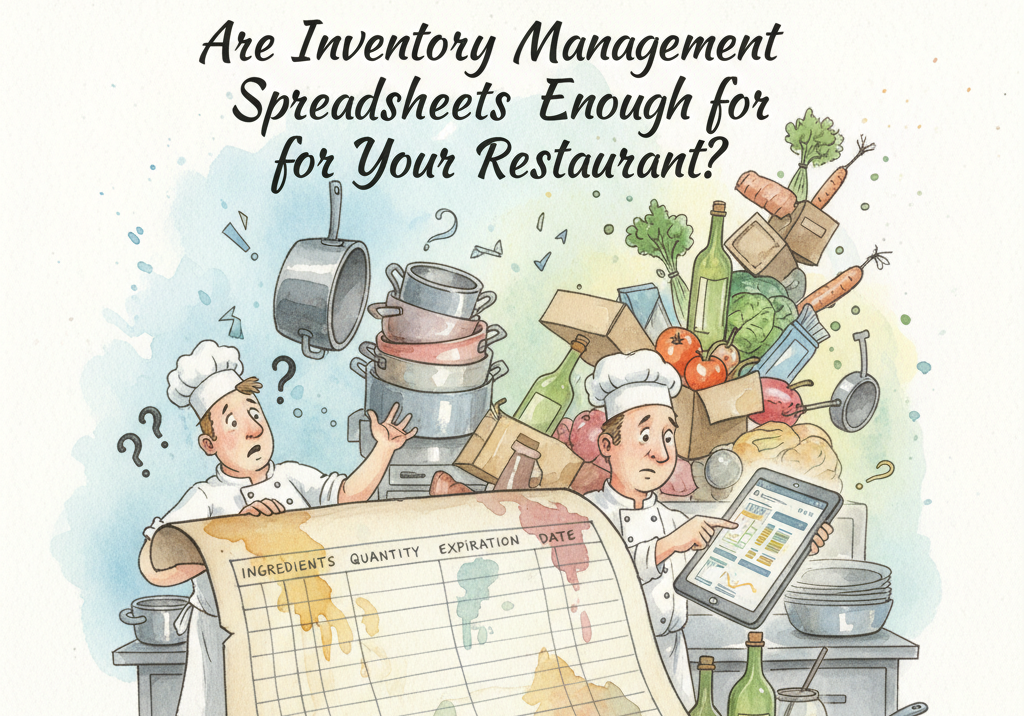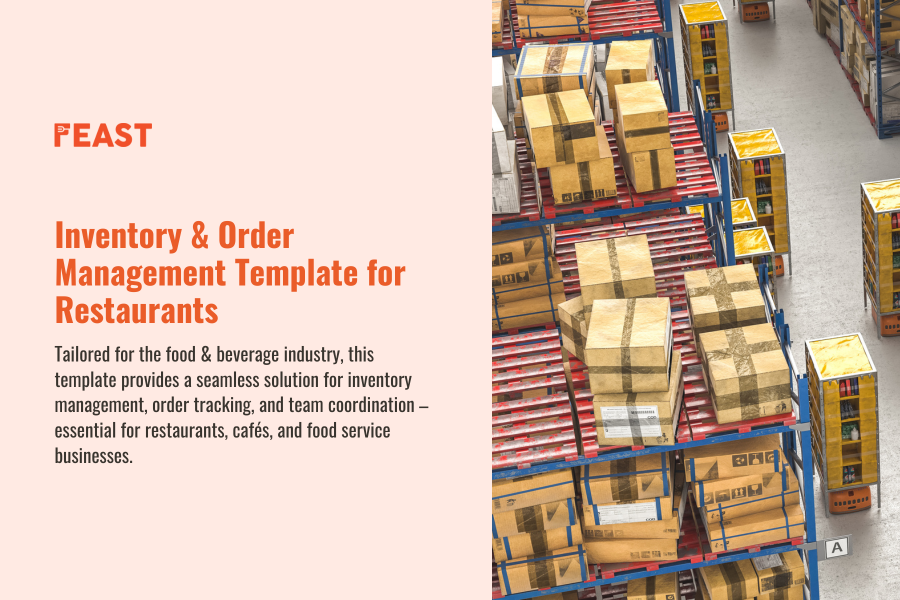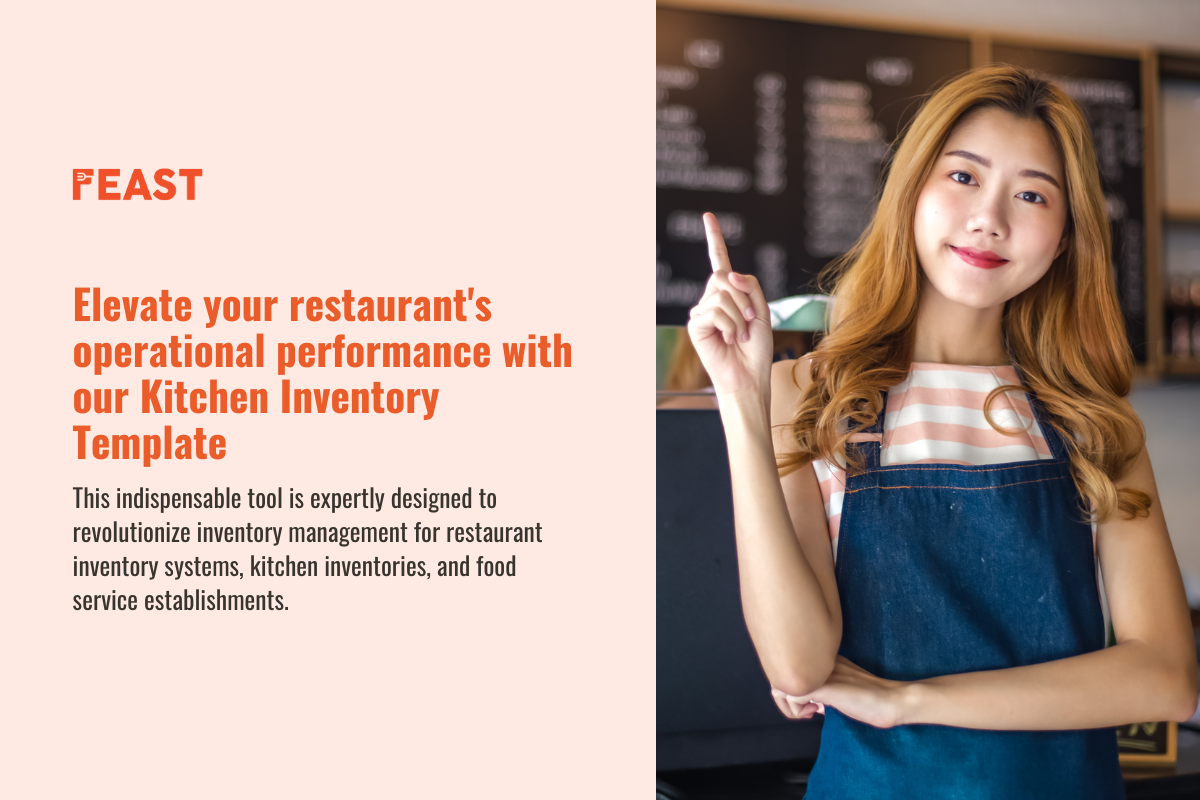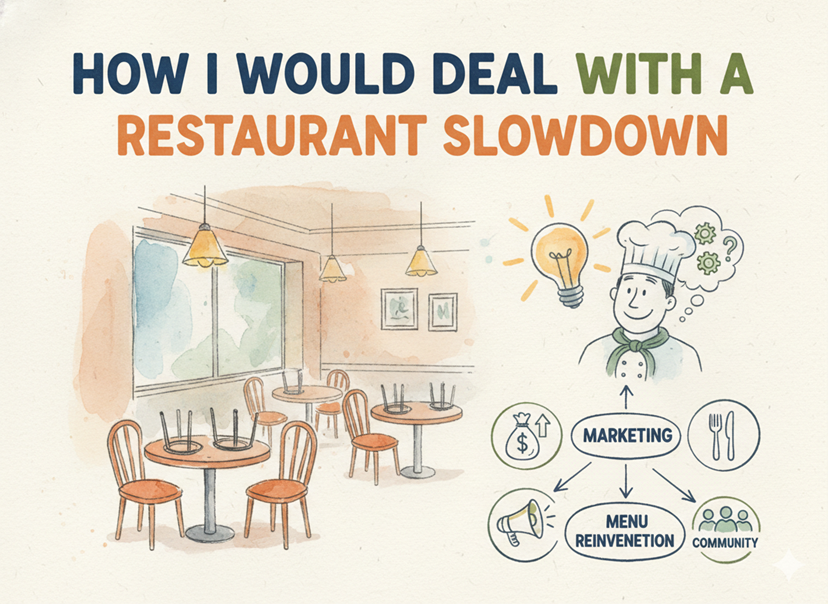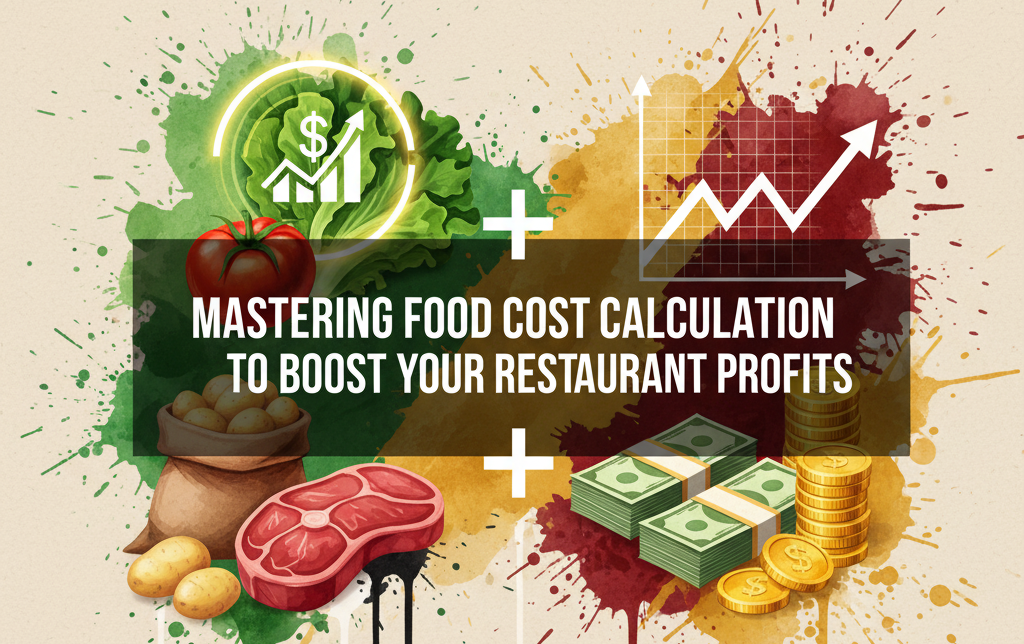When you are managing a restaurant, keeping track of your stock can feel like a full-time job. From vegetables and meat to sauces and drinks, there is so much to monitor every day. If you have been using an inventory management spreadsheet to handle it all, you are not alone. Many restaurant teams start this way because it is simple, free, and easy to set up. But as your restaurant grows, spreadsheets may not be enough to manage everything smoothly.
Let’s talk about what inventory spreadsheets really do, why they matter, and when it is time to switch to inventory management software that can save you time, money, and stress.
What Are Inventory Management Spreadsheets?
An inventory spreadsheet is basically a document, often made in Excel or Google Sheets, where you manually record every item you buy, use, and store. It usually includes columns for item names, quantities, prices, suppliers, and dates of purchase. Some even have formulas to calculate your total stock value or reorder levels.
Imagine you buy 10 kg of chicken for RM 200. You enter it in your spreadsheet. When you use 2 kg for your daily menu, you subtract it manually. Over time, you can see how much stock you have left, what you have spent, and what you need to reorder.
In short, an inventory management spreadsheet helps you stay organized and gives you an overview of what is happening in your kitchen.
Why Are Inventory Spreadsheets Important for Restaurants?
When you are managing food costs and daily operations, small mistakes can lead to big losses. Food waste, theft, and wrong portioning can quickly eat into your profits. In fact, according to the Malaysian Agricultural Research and Development Institute (MARDI), food waste costs the food service industry around RM 8 billion every year.
That is where restaurant inventory management becomes essential. A simple spreadsheet can help you track your items, prevent overordering, and identify which ingredients move faster than others.
For example, let’s say your spreadsheet shows that you use 50 bottles of cooking oil a month, but your last three months show only 40 bottles used. That gap could mean theft, waste, or poor tracking. By spotting this early, you can act before it affects your profits.
Also, when you calculate your food cost using your inventory data, you can understand your real spending and pricing. If your food cost percentage is over 35 percent, you may be overspending or not pricing dishes correctly. Tracking this manually on a spreadsheet still helps you see where your money is going.
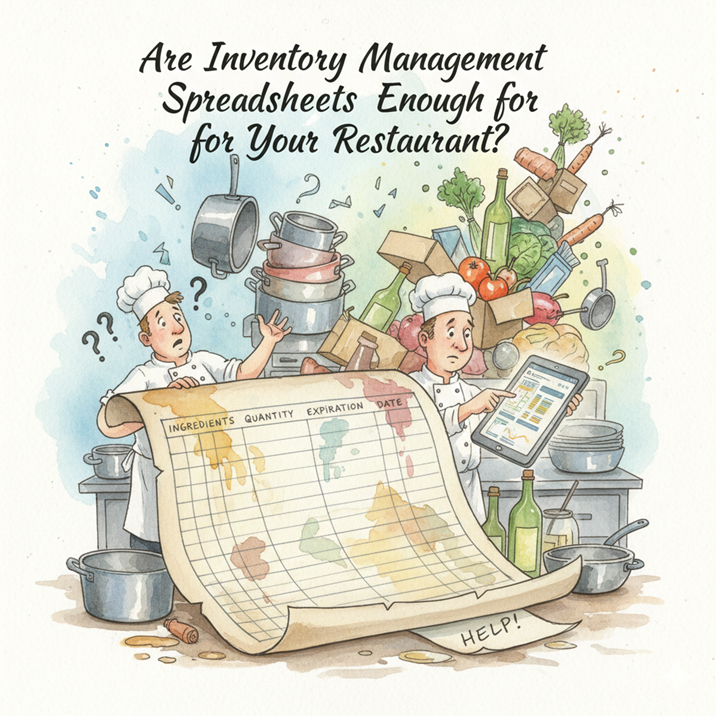
The Limitations of Inventory Management Spreadsheets
Now, while spreadsheets are helpful, they come with a lot of manual work. You need to update them every time you buy or use stock. You also rely on your staff to enter data accurately, which does not always happen.
Think about it, when you are busy during lunch hours, who is going to stop and record that 5 kg of chicken was used? Most of the time, this gets done at the end of the day or forgotten. Small errors pile up, and before you know it, your numbers do not match your actual stock.
Spreadsheets also cannot alert you automatically when stock is running low or when prices change. You have to check everything yourself. This might be fine for a small setup, but once you have multiple outlets or a bigger menu, it becomes very hard to manage.
And let’s be honest, spreadsheets do not give you insights. They only store data. You will still need to spend hours analyzing that data to see trends or issues.
Inventory Management Software vs Inventory Spreadsheets
This is where inventory management software takes things to a new level. Unlike spreadsheets, software tools automatically track your stock levels, update them in real time, and even connect with your POS system to reflect every sale.
Let’s say someone orders 3 plates of chicken rice. The system will automatically deduct the exact amount of chicken, rice, and sauce used for those plates from your stock. You do not have to do anything manually.
Another big difference is automation. Software sends you alerts when stock is low, helps you reorder items with one click, and even tracks supplier prices over time. You can instantly see which dishes make you money and which do not.
Imagine having one dashboard showing your food cost percentage, wastage, and supplier spending all in one place. That is what an inventory management system can do, something spreadsheets simply cannot.
Why Software Makes More Sense in the Long Run
Using restaurant inventory management software may look like an extra expense at first, but in reality, it helps you save a lot. Based on a 2023 report by Deloitte, restaurants using inventory automation reduced their food waste by up to 25 percent and improved profitability by 10 to 15 percent.
If you waste RM 2,000 worth of ingredients each month, that is RM 24,000 a year. Saving even half of that by using software pays for the system itself and leaves you with more profit.
Plus, cloud-based inventory software can be accessed anytime, anywhere, even from your phone. So, whether you are at the restaurant or home, you can see exactly what is happening in your kitchen in real time.
Software also makes audits easy. Instead of going through piles of spreadsheets, you can pull up reports in seconds to see what is missing or what has been overused.
Should You Stop Using Spreadsheets Completely?
Not necessarily. If your operation is small and you are just starting, a free inventory spreadsheet is a good place to begin. It teaches you how to track stock, manage costs, and understand your consumption patterns.
But once your business grows and your stock volume increases, switching to inventory software will save you hours of manual work and prevent costly errors.
You can even combine both for a while, use spreadsheets for reference and software for daily tracking until you are comfortable fully shifting.
Remember, your goal is not just to record numbers but to understand them and make better decisions for your kitchen.
The Real Cost of Staying Manual
Every missed entry or wrong count can hurt your profits. Let’s say you miscount RM 500 worth of items every week, that is RM 26,000 a year gone without you even realizing it.
That is why relying only on spreadsheets can become risky over time. The longer you depend on manual work, the harder it gets to scale your operations. Software not only helps you track your items but also gives you control and visibility over your entire kitchen.
Spreadsheets are a good start, but they are not the full solution. They help you record information, but they cannot analyze or act on it. Inventory management software, on the other hand, does the hard work for you by automating updates, reducing waste, and showing you where you are losing money.
If you truly want to keep your kitchen efficient and your costs under control, it is time to move beyond spreadsheets. Think of it like upgrading from a notebook to a smartphone. It is not about what is cheaper; it is about what saves you time and helps you make better decisions.

